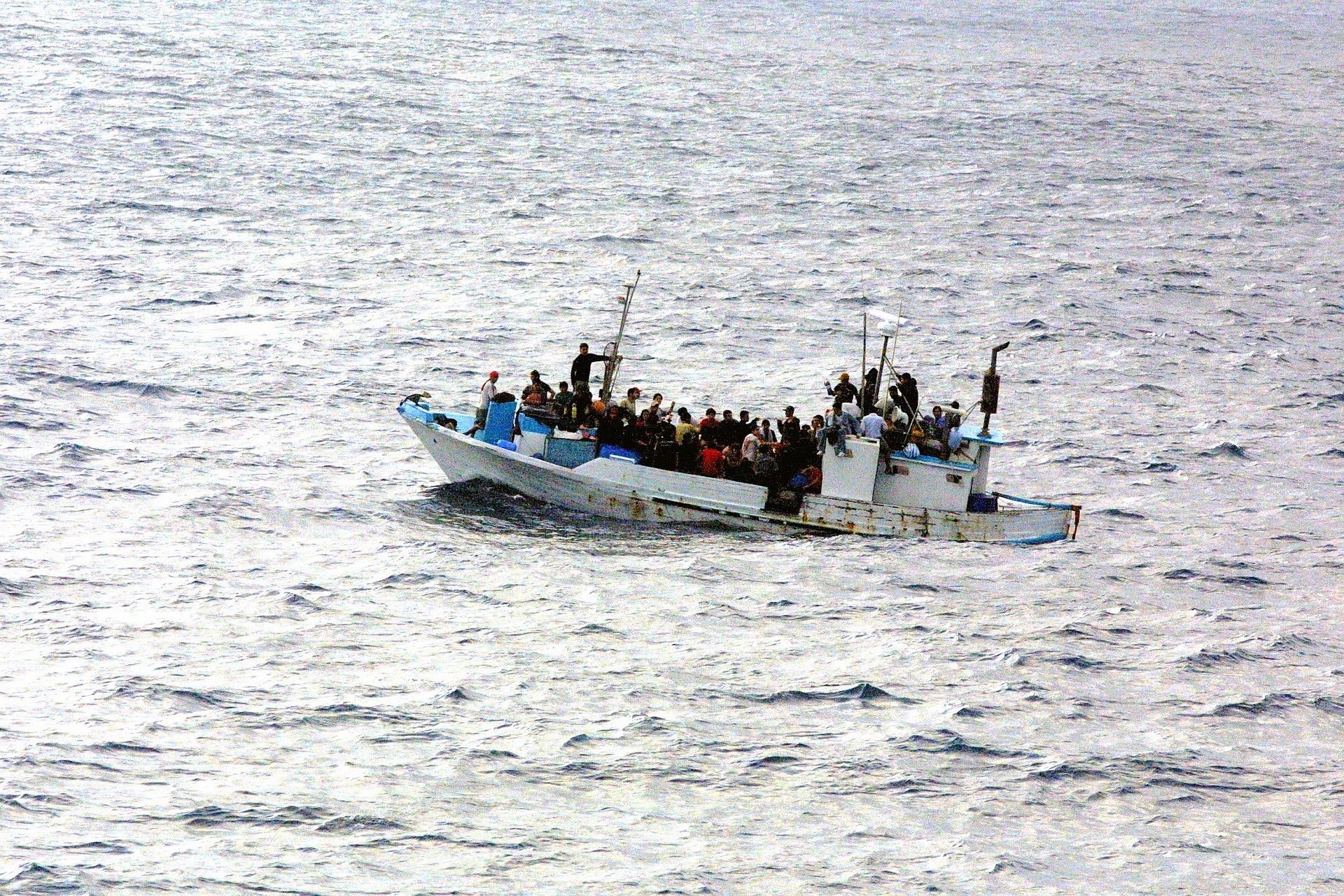
Moroccan migration policy and recent global developments
Author: Prof. Mehdi Lahlou, University of Rabat, Morocco
While Morocco remains a significant emigration area, especially when considering the number of Moroccans living abroad (about 5 million people from a population of 35,79 million, almost two thirds of whom are living today in Europe)[i], it also continues to be a transit country and has become – even if this is not yet clearly reflected in official figures – a final (in most cases, by default) destination for Africans, Syrians, Libyans, etc… and host country for many Europeans– since the economic and financial crisis of 2008 - in search of job opportunities.
This progressive evolution between 1992 and the recent years induced a parallel change in Moroccan migration policy, especially in regard to transit migration and the situation of immigrants. Before it accepted the fact that irregular migration through and in its territory was a serious political issue, Morocco experienced a period of “non-policy” - between the beginning of the 1990’s and 2002/2003 - when it came to foreign migration. This period was marked by the rise of transit migration, mostly irregular, towards Spain and other European Union countries, to which the Moroccan government showed a relative indifference, partly because it considered that this new form of migration was of little concern to Moroccans and was unlikely to be long lasting.
With this in mind, one can nevertheless outline three periods with their respective and complementary migration approaches. The first period ran from 2002/2003 to 2005. This short period included Morocco’s adoption of its first law[ii] on migration on November 2003 with the main objective to reduce irregular migration from the country, and to reinforce the fight against human trafficking between North-West Africa and Spain. This period was especially marked by the dramatic events recorded at the borders of the cities of Ceuta and Melilla during the summer of 2005[iii].
The second period ran from mid-2006, after the Euro-African intergovernmental meeting on migration was held in Rabat in July of that year[iv], to the end of 2010. During these years, the number of irregular migrants passing through Morocco decreased to its lowest level since 1990 , owing to the security approach adopted within Law 02/03 and also because of the opening of the migratory route between Libya and Sicily.
The third period started by the end of 2010, with the beginning of the so called “Arab spring” and the great transformations in terms of regional security that it caused in the South and East Mediterranean, from Tunisia to Turkey. But, after having strongly decreased till the end of 2010, the migration flux started to increase again (mainly from Tunisia, Libya and Egypt), initially slowly between 2011 and 2012, and then more markedly from 2013, with, in particular, a very great influx of Syrian refugees.
Whereas flows of irregular migrants from Morocco have changed little since this date, from 2008 a significant number of Syrian refugees arrived in the country, along with many European migrants – in particular Spanish and French – seeking to flee the economic and social crisis in their home countries.
In response to this evolution, and also to change the country’s image among young Africans – as Morocco was preparing its come-back to the African Union - concerning the crucial question of conditions of receiving migrants, in September 2013 Moroccan authorities announced a ‘New migration policy’. At its beginning, this embraced, in particular, a process of an “exceptional regularization” of almost 55,000 migrants between 2014 and 2018, and the adoption of a series of laws related to the integration of migrants within Moroccan society and to the fight against human trafficking.
[i] Haut Commissariat au Plan du Maroc. https://www.hcp.ma/ (seen on January 23, 2020).
[ii] This law which will deal officially with the “Entry and stay of foreigners into the Kingdom of Morocco, irregular emigration and immigration” was adopted unanimously on 22 May 2003 by the Moroccan Parliament, a few days after the first terrorist attacks in Casablanca which occurred on 16 May, killing 45 people. See Law 02-03 (Morocco Official Bulletin No. 5162 of 20 November 2003), http://www.refworld.org/docid/3ae6b4ed5c.html.
[iii] European Commission, ‘’Visit to Ceuta and Melilla – Mission Report’’. http://europa.eu/rapid/press-release_MEMO-05-380_en.htm
[iv] The first Euro-African ministerial conference on Migration and Development was held in Rabat on 10-11 July 2006. For more information see the Rabat Process website: http://www.processusderabat.net.


